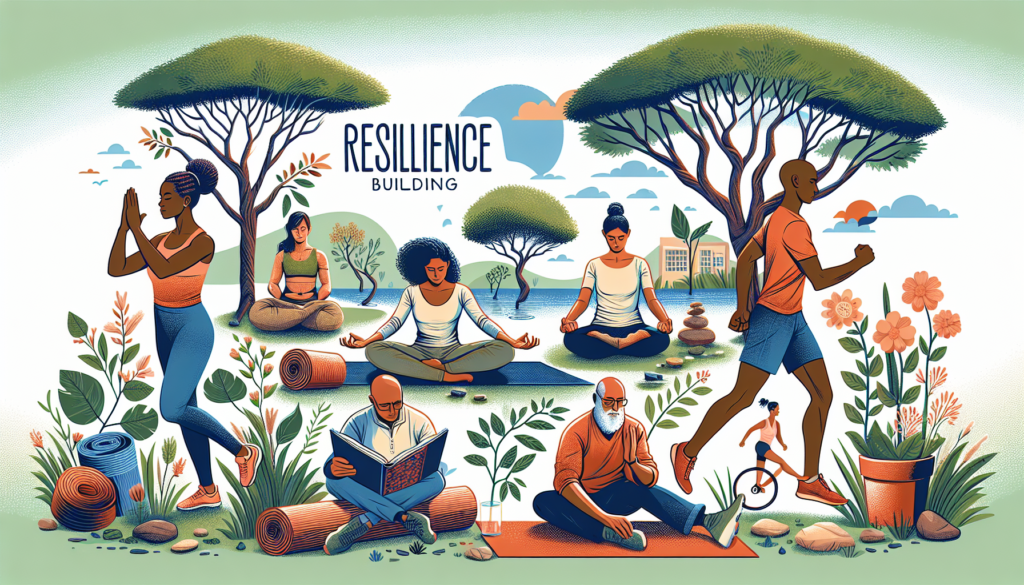Mastering Decision-Making: The Art of Making Informed Choices
Decisions are an integral part of our daily lives. From the moment we wake up in the morning to the time we go to bed at night, we are constantly faced with choices that shape our experiences, relationships, and outcomes. Some decisions are small and inconsequential, like what to have for breakfast or which route to take to work. Others, however, can have a profound impact on our lives, career, and future.
Mastering decision-making is a skill that can be cultivated and honed over time. It involves a blend of critical thinking, emotional intelligence, intuition, and a dash of courage. In this article, we will delve into the intricacies of decision-making, exploring its various facets, techniques, and importance in both personal and professional spheres.
The Psychology of Decision-Making
Decision-making is a complex cognitive process that involves evaluating multiple options, weighing their pros and cons, and ultimately choosing the best course of action. The field of psychology has long been interested in understanding how and why humans make decisions. One of the key theories that have emerged in this field is Prospect Theory, proposed by Daniel Kahneman and Amos Tversky.
According to Prospect Theory, individuals tend to weigh potential losses more heavily than equivalent gains, a phenomenon known as loss aversion. This bias can influence decision-making, leading individuals to make choices that prioritize avoiding losses over maximizing gains. Understanding these cognitive biases is crucial in mastering decision-making, as it allows individuals to recognize and mitigate the impact of these biases on their choices.
Decision-Making Models
Several decision-making models have been proposed to aid individuals in making informed choices. One of the most widely known models is the Rational Decision-Making Model, which suggests that individuals should identify all possible options, evaluate each option based on predetermined criteria, and choose the option that maximizes the desired outcomes. While this model is logical and systematic, it may not always align with the complexities of real-life decision-making.
Another popular model is the Bounded Rationality Model, proposed by Herbert Simon. This model acknowledges that individuals have limited time, information, and cognitive resources to make decisions. As a result, individuals often rely on heuristics or mental shortcuts to simplify the decision-making process. While heuristics can be efficient, they can also lead to cognitive biases and errors in judgment.
Emotional Intelligence and Decision-Making
Emotional intelligence plays a crucial role in decision-making, as emotions can influence our perceptions, preferences, and choices. Individuals with high emotional intelligence are better equipped to regulate their emotions, empathize with others, and make decisions that are aligned with their values and goals. By cultivating emotional intelligence through self-awareness, self-regulation, social awareness, and relationship management, individuals can make more informed and balanced decisions.
For example, consider a manager who needs to make a difficult decision regarding employee layoffs. By tapping into their emotional intelligence, the manager can empathize with the affected employees, communicate the decision with compassion and transparency, and support them through the transition. This not only fosters a positive work culture but also demonstrates the manager’s ability to make tough decisions with empathy and integrity.
Decision-Making in Business
In the business world, effective decision-making is paramount to success. Whether it’s launching a new product, entering a new market, or restructuring the organization, business leaders are constantly faced with high-stakes decisions that can impact the bottom line and the future of the company. Strategic decision-making involves analyzing data, forecasting trends, assessing risks, and aligning decisions with the overarching goals of the organization.
One of the key tools used in business decision-making is SWOT analysis, which stands for Strengths, Weaknesses, Opportunities, and Threats. This framework allows businesses to assess their internal capabilities, identify potential growth opportunities, and mitigate potential risks. By conducting a SWOT analysis, businesses can make data-driven decisions that are informed by a comprehensive understanding of the internal and external factors that influence their operations.
Decision-Making in Healthcare
Decision-making in the healthcare industry is unique due to the high stakes involved and the ethical considerations that must be taken into account. Healthcare professionals, such as doctors, nurses, and administrators, are constantly faced with decisions that can impact the health and well-being of patients. Medical decision-making requires a balance of clinical expertise, evidence-based practice, patient preferences, and ethical considerations.
Shared decision-making has emerged as a patient-centered approach to healthcare decision-making, where patients are actively involved in the decision-making process alongside their healthcare providers. By engaging patients in discussions about treatment options, risks, and benefits, healthcare professionals can empower patients to make informed decisions that align with their values and preferences. This collaborative approach fosters trust, transparency, and improved patient outcomes.
Decision-Making in Education
Decision-making in education plays a critical role in shaping the learning experiences and outcomes of students. Educators, school administrators, and policymakers are tasked with making decisions that impact curriculum development, student assessments, resource allocation, and educational policies. Data-driven decision-making in education involves analyzing student performance data, identifying areas for improvement, and implementing evidence-based strategies to enhance student learning.
One approach to improving decision-making in education is the use of formative assessments, which provide ongoing feedback to educators and students on learning progress. By collecting and analyzing student data, educators can identify areas where students may be struggling, tailor instruction to meet individual needs, and monitor progress over time. Formative assessments empower educators to make informed decisions that support student growth and achievement.
Expert Opinions
According to decision-making expert Dr. Sheena Iyengar, author of “The Art of Choosing,” mastering decision-making involves striking a balance between exploration and exploitation. She emphasizes the importance of exploring a wide range of options before settling on a choice, as this can lead to better decision outcomes. Additionally, Dr. Iyengar highlights the role of culture, context, and individual preferences in decision-making, underscoring the need for a nuanced understanding of decision contexts.
Psychologist Barry Schwartz, author of “The Paradox of Choice,” argues that too many choices can overwhelm individuals and lead to decision paralysis. He suggests that simplifying choices and focusing on what truly matters can alleviate the stress and anxiety associated with decision-making. By embracing constraints and prioritizing core values, individuals can make decisions that are aligned with their long-term goals and well-being.
Common Misconceptions
One common misconception about decision-making is that it is purely a rational and logical process. In reality, emotions, biases, and heuristics play a significant role in shaping our decisions. By acknowledging the influence of emotions and cognitive biases, individuals can make more balanced and informed choices that align with their values and goals.
Another misconception is that there is always a single correct decision in any given situation. In reality, decisions are often complex and multifaceted, with multiple factors to consider. By reframing decisions as a process of weighing trade-offs and choosing the best option based on available information, individuals can embrace the uncertainty and ambiguity inherent in decision-making.
Conclusion
To wrap things up, decision-making is a multifaceted process that involves cognitive, emotional, and social factors. By mastering decision-making, individuals can make informed choices that align with their values, goals, and priorities. Whether in personal, professional, or societal contexts, effective decision-making is an essential skill that can lead to better outcomes, improved relationships, and increased well-being. By understanding the psychology of decision-making, applying decision-making models, cultivating emotional intelligence, and seeking expert opinions, individuals can enhance their decision-making abilities and navigate complex choices with confidence and clarity.


